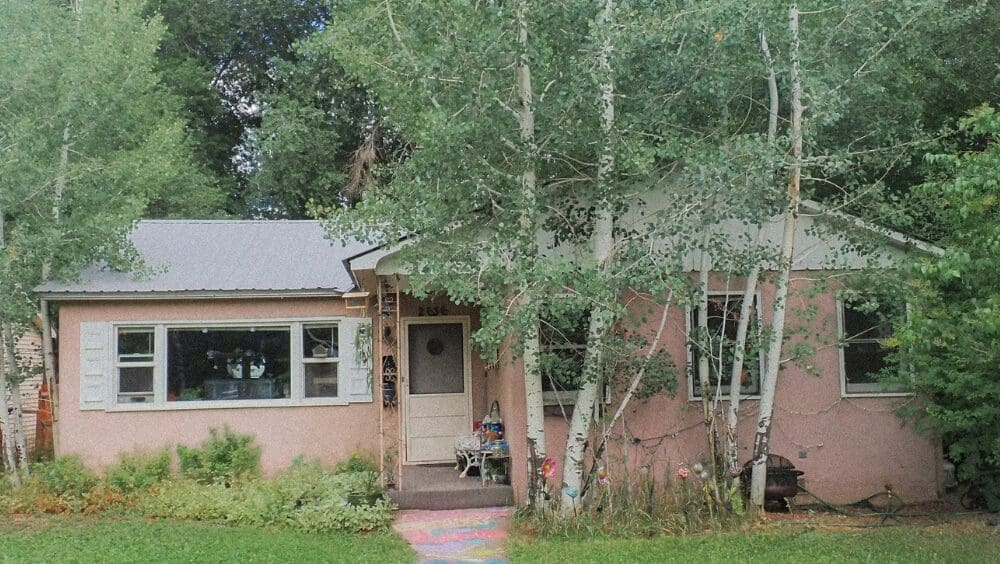
Navigating the real estate market in Denver can feel like a high-wire act, especially when juggling selling your current home with purchasing a new one. This balancing act becomes even more challenging in a market with low inventory and high prices. It’s a common dilemma: you must sell to finance your next home, but where do you live? It might seem like your only option is to sell, move out, and temporarily settle somewhere else while hunting for that perfect new house. But a potential solution to this buy-sell conundrum is a bridge loan. This short-term financing tool could be the very thing you need to bridge the gap, allowing you to purchase your new Denver home before you’ve sold your old one. With a bridge loan, you might find the pieces of your real estate puzzle fitting together more seamlessly than you thought possible. Understanding a bridge loan can be key to smoothing out your transition between homes in real estate. Essentially, it’s a short-term loan that helps you buy a new home while you’re still selling your current one. Think of it as a financial bridge that connects your old home to your new one. This loan leverages the equity in your existing home, providing the funds needed for a down payment and covering the closing costs on your new home purchase. While bridge loans are typically pricier than conventional mortgages, they offer a significant advantage: they allow you to make your new purchase promptly, without waiting for your old home to sell. This can be a game-changer in fast-paced markets like Denver. Imagine you’re in Denver, ready to move into your dream home, but there’s a catch: your current home hasn’t sold yet. This is where a bridge loan steps in. It uses the equity from your previous Denver home to help cover the down payment and closing costs for your new abode. Often, the same lender working on your new mortgage will also manage your bridge loan. They’ll need to see that your old home is actively on the market and typically offer the bridge loan for a duration ranging from six months up to a year. Here’s where the debt-to-income ratio (DTI) becomes crucial. Lenders will calculate your DTI to include your existing mortgage payments, the payments for your new Denver home, and any interest-only payments on your bridge loan. However, if your old home is already under contract and the buyer has secured loan approval, your lender might consider only the new mortgage payment in the DTI calculation. This approach ensures you can comfortably manage payments on both properties, providing a safety net in case your old home doesn’t sell as quickly as expected. This flexibility can be particularly important in the dynamic Denver real estate market. Bridge loans in Denver offer several advantages that can streamline your home-buying process: These benefits make bridge loans an appealing choice for Denver buyers who need financial flexibility before selling their previous home, allowing them to clear the loan with the proceeds from the sale. While bridge loans offer flexibility in your home-buying journey, they also come with certain drawbacks worth considering: It’s important to note that lenders will assess the equity in your current home to determine your borrowing capacity. If your mortgage debt exceeds 80% of your home’s value, you might face challenges qualifying for a bridge loan. A bridge loan isn’t always the right choice for every real estate scenario, but it can significantly ease the transition from your old home to a new one in certain situations. Scenarios where a bridge loan might be beneficial:What is a bridge loan, in simple words?
How does a bridge loan work in Denver?
What are the benefits of a bridge loan in Denver?
What are the drawbacks of a bridge loan?
When is a bridge loan a good solution?



